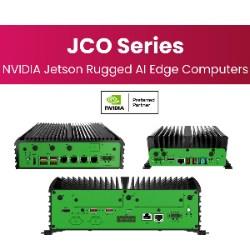Raspberry Pi And MATLAB based 3D Scanner
Heero: the Perfect 3D Printing Partner Monitors & Controls Progress
Industrial digitisation on fast track
Method for Calculating Moment Loads on Linear Actuators
Is There a Tomorrow for Manufacturing in the United States?
OpenKnit: Open Source Digital Knitting
Have we solved the nanomaterials problem?
Using Silicon in Lithium Ion Batteries to Increase Capacity
Where do you get the I/O for the IIoT?
How Embedded Devices and the Cloud Are Leading a Paradigm Shift in Manufacturing and Production
Norsk setting up industrial scale additive manufacturing plant in New York
Atomic-scale additive manufacturing techniques could create stronger, lighter, smarter materials
Logistic companies Swisslog, Dematic, Egemin and Intelligrated have all been Acquired
Hitachi Begins Development of Factory Automation Platform as a Service Testbed
What Super-Efficient Manufacturing Looks Like
Records 2491 to 2505 of 2810
First | Previous | Next | Last
Featured Product

